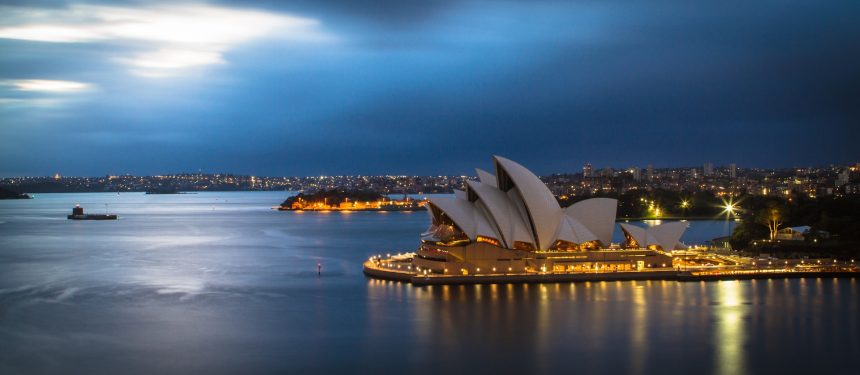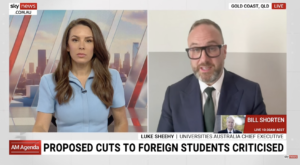The new rule will come into effect on May 10, and will see international students required to show proof of savings of at least AUD$29,710. The amount was recently raised to AUD$24,505 from AUD$21,041 in October 2023.
The financial capacity requirement has been updated to align with a proportion – 75% – of the national minimum wage, the Department of Home Affairs said in a statement announcing the change.
“This will better indicate the amount of money considered reasonable to provide a minimum standard of living while studying in Australia,” it said.
“This proportion considers that students are out of course session for 25% of the year. During this time they may return home or have access to unrestricted work.
“International students who can show they meet this new financial capacity requirement are better able to make informed decisions about their future,” it continued.
The department said the change means students are less likely to be in financial distress once in Australia, less likely to breach visa conditions such and working hours and be less vulnerable to “worker exploitation”.
“This proportion considers that students are out of course session for 25% of the year”
The minimum required fund to meet financial requirement capacity will also go up for spouse or de facto partners of student applicants, from AUD$8,574 to AUD$10,394 on the same day.
“Is it fair? I am sure there are better ways to reduce International student numbers in Australia,” wrote Bobby Abraham, board member at Independent Higher Education Australia.
“This brings to light the short sightedness of the decision makers adding to the confusion and uncertainty within the education sector.”
Meanwhile, Edward Slade, manager director at Schoolhouse Solutions said that the latest increase is a “further attempt by government to make study [in Australia] more difficult and less attractive for international students”.
“The amount is now set at 75% of the minimum wage but our minimum wage is the highest in the OECD. Perhaps the increase is an implicit admission by government of the real rise in our cost of living?” posed Slade.
Applications lodged before May 10 will be assessed using the financial capacity requirements in effect at the time the application was made, the Department of Home Affairs confirmed.
The updated financial capacity requirements follow on from a raft of changes made to Australia’s international education landscape.
In March, it was announced that English language requirements for student visas were to be increased from IELTS 5.5 to 6.0 and graduate visas from IELTS 6.0 to 6.5, in a bid to both improve student experience and reduce potential workplace exploitation.
The action was among others set out in an earlier migration strategy, which set out eight key actions to overhaul the migration system, one of which focuses on international education.
Meanwhile, stakeholders across Australia are eagerly awaiting confirmation to rumours that the government will hike visa fees for international students in its May budget.
Numerous reports suggest that Canberra will raise international student visa fees from the current $710 next month.
In positive news for Australia’s education sector, it was announced that Albanese government will cut the student debt of more than three million Australians in this month’s budget.
It will wipe around $3 billion in student debt, in a bid to ease pressure on workers and students across the country.
The action is in response to last year’s indexation hike and will ensure student debts can’t outpace wage growth in the future by capping the HELP indexation rate to be the lower of either the Consumer Price Index or the Wage Price Index.
The government will backdate this relief to all HELP, VET Student Loan, Australian Apprenticeship Support Loan and other student support loan accounts that existed on 1 June 2023.
“We are doing this, and going further. We will backdate this reform to last year. This will wipe out what happened last year and make sure it never happens again,” said Jason Clare, minister for education.




